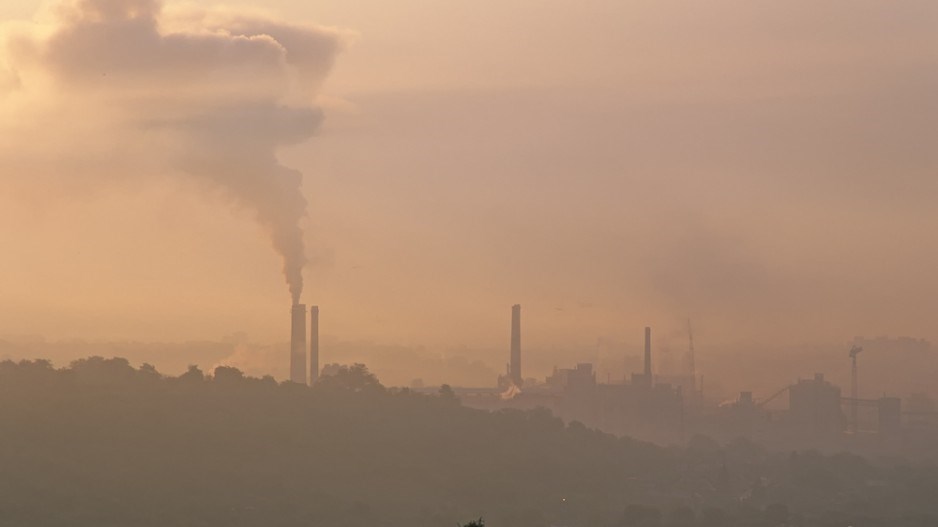A study on the cumulative impacts of pollution from industry in Kitimat does not report on particulates – considered to be among the most harmful pollutants to humans.
The provincial government released findings July 18 of airshed modeling it conducted to examine the potential cumulative impacts of industrial development in Kitimat, which has one of the most constrained airsheds in the world.
"This study tells us that, with proper management, there is significant capacity in the Kitimat airshed to safely accommodate industrial growth, while still protecting human health and the environment,” B.C. Environment Minister Mary Polak said.
But the study reports only on sulphur and nitrogen oxides. It does not report on particulate matter.
Fine particulate matter is among the most harmful of air pollutants. It can cause or aggravate heart and lung disease and asthma and lead to heart attacks, according to the Environmental Protection Agency.
Asked why the government study did not look at particulate matter, Polak said at a press conference July 18 that it simply wasn’t part of the study.
“The reason this study didn’t report on that is that we hadn’t asked them to,” Polak said. “We specifically wanted to get at the issue of sulphur dioxide and nitrogen dioxide.”
She said particulate pollution does get looked at as part of permitting.
But not looking at particulates seems to defeat the purpose of comprehensive air modeling, which Gitga’at First Nationand environmentalists have been pushing for.
When Rio Tinto undertook a massive expansion of its aluminum smelter, airshed modelling was required.
But it only looked at the impacts on the airshed from the smelter expansion – it did not include the potential cumulative impacts from other industrial projects, such as liquefied natural gas plants, a proposed oil refinery and increased tanker traffic in the Douglas Channel.
As detailed in March by Business in Vancouver, environmentalists and First Nations expressed concerns that airshed modelling based only the smelter expansion would not tell the whole picture, unless it looked at other potential industrial projects proposed for Kitimat, including LNG plants and the Northern Gateway pipeline, both of which would also increase tanker traffic in the Douglas Channel.
In May 2013, BIV obtained a technical report that concluded the smelter expansion would decrease most harmful pollutants – fluorides, particulate matter and polycyclic aromatic hydrocarbons – but would increase sulphur dioxide (SO2) from 27 tonnes per day to up to 42 tonnes per day.
SO2 can aggravate pre-existing respiratory problems in people with asthma and bronchitis, and increase acidity in soils and lakes in the area.
In October, the provincial government bowed to pressure and announced it would undertake a comprehensive modelling study after all, at a cost of $650,000.
It then came under fire recently when the government said it would not release the report until later, citing cabinet confidentiality. But on July 18 the report was released at a press conference.
The study modelled the cumulative effects of sulphur and nitrogen oxides from an expanded aluminum smelter, an oil refinery, four proposed LNG facilities, gas-fired power generators and increased tanker traffic in Douglas Channel.




